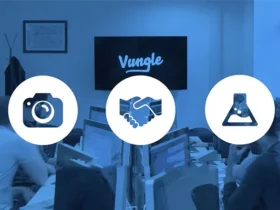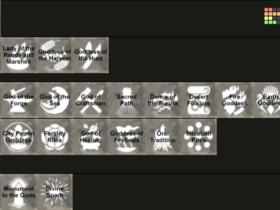We all know that risk is an inevitable part of business and that it can be difficult to effectively manage and mitigate risk without the right tools. Risk management reporting provides a comprehensive system for tracking, analyzing, and communicating risks to stakeholders.
In this guide, we’ll explore what risk management reporting is, how it works, and some best practices you can use to help your business effectively manage risk.
What is Risk Management Reporting?

In business, there’s always some level of risk involved. Whether it’s the risk of losing money on a new venture or the risk of damaging your reputation, businesses need to carefully consider the risks they’re taking. Risk management reporting is one way of managing these risks.
By regularly assessing and documenting the risks faced by a business, risk management reporting can help businesses make informed decisions about how to minimize their exposure to risk.
By identifying potential risks and documenting them in a risk management report, businesses can develop strategies to reduce their exposure to these risks. In doing so, they can protect their bottom line and safeguard their reputation.
In short, risk management reporting is an essential tool for any business that wants to minimize its exposure to risk.
More: What Is E2E & P2P Encryption – Are They Really Important?
Types of Risk Management Reporting?

There are a number of different types of risk management reporting that businesses can use to effectively manage their risks. These include:
Risk Scenario Analysis
This is a method for examining the potential impact and likelihood of various risk scenarios. It can help businesses identify the most critical risks they face, so they can prioritize their efforts accordingly.
Risk Register
A risk register is a detailed record of all the risks that a business is facing. It typically includes information such as the level of risk, the probability of it occurring, and strategies for mitigating it.
Risk Dashboard
A Risk dashboard is a visual tool that can be used to track progress on various risk mitigation strategies. It provides a quick, at-a-glance overview of the current risks faced by a business and can help businesses stay on top of their risk management efforts.
Operational Risk Reporting
Operational risk reporting is a type of risk management reporting that focuses on the risks associated with the day-to-day operations of a company. Operational risks can include things like supply chain disruptions, data breaches, and IT outages. Operational risk reporting helps companies identify and mitigate these risks.
Financial Risk Reporting
Financial risks can include things like interest rate fluctuations, currency fluctuations, and credit risks. Financial risk reporting helps companies identify and mitigate these risks.
More: What is Single Factor Authentication? Pros & Cons – Complete Guide
Best Practices for Risk Management Reporting

There are several best practices that businesses can follow when implementing risk management reporting.
Whether you’re just starting out or have been in business for years, effective risk management is an essential part of any successful business. To effectively manage your risks, consider the following key best practices:
- Start by identifying the main risks that your business is facing. This can include things like supply chain disruptions, data breaches, and IT outages.
- Document these risks in a risk management report that clearly lays out what they are and how they can be mitigated.
- Develop a comprehensive plan for reducing your exposure to these risks, taking into account the resources and time that you have available.
- Regularly review and update your risk management report to ensure that it accurately reflects your current business landscape, and make any necessary adjustments as needed.
Few things are more important to a company’s success than effective risk management. By identifying potential risks and developing plans to address them, businesses can protect themselves from financial losses, regulatory penalties, and reputational damage.
But risk management is not a static process; as business conditions change, so too must the way risks are managed. That’s why it’s important for companies to have a robust system for reporting on risk management activities.
By tracking and reporting on risk management best practices, companies can ensure that they are always prepared for whatever challenges they may face. Some of the best practices for risk management reporting include regularly assessing risks, developing action plans to address identified risks, and monitoring progress on those plans.
By following these best practices, companies can ensure that their risk management efforts are always up-to-date and effective.











